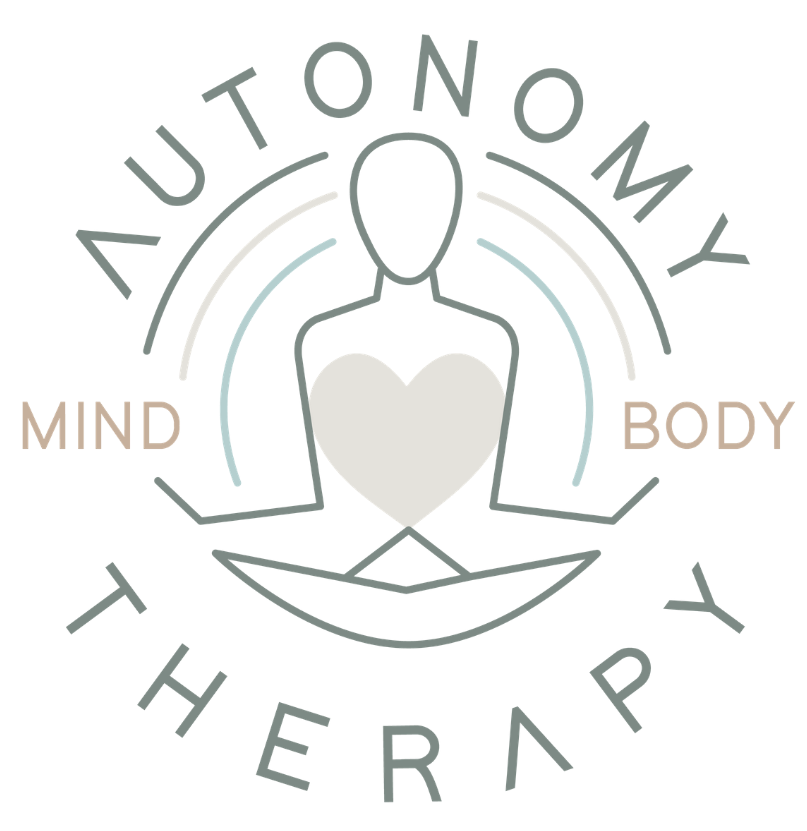How to Change the Way You Think About Exercise Today
Author: Kim Fry, LMFT-S, NASM CPT
Let me set a (likely familiar) scene for you: You’re feeling a bit stressed out, you share that with someone, and that person responds, “Just calm down.” Life changing advice, almost as good as, “Just don’t be stressed.” Woof. We clearly know these one-liners aren’t helpful, so what IS? A little something called the CBT Triangle...
Pssst, this is it!
In the mental health world, CBT stands for Cognitive Behavioral Therapy (don’t worry, I won’t ask you to lay down on a couch and tell me about your childhood), and the CBT triangle consists of thoughts, feelings, and behaviors.
Simply put, the triangle helps us to recognize that our thoughts influence our emotions which, in turn, influence the way that we behave…
Common example
Thought: “I don’t like the way my body looks today, I need to workout”
Feeling: Anxious, annoyed, insecure
Behavior: Compulsive exercise
One of the main issues we have in changing behavior is that our brain is its own echo chamber. So, in order to authentically transform our feelings and behaviors, we need to challenge our thoughts.
What happens when we challenge thoughts? Our brain fires neurons (little information carriers) to create "bridges" to other neurons, and this connection is called a "synapse." The more we repeat these thoughts, the stronger the synapses become, and.. Voilá! Your mind has rewired your brain.
Having worked in both the mental health and fitness industries for years, I’ve been able to identify what I believe are the greatest constraints to moving intuitively. Are you ready?
The biggest roadblocks to intuitive movement are the limiting beliefs that we have about exercise.
Our thoughts influence our feelings and our feelings influence the way that we behave. So, it stands to reason that if our beliefs are negative, critical, and punitive, we’ll feel similarly and our behavior will follow.
If you want to talk this over with a therapist, head on over to our CONTACT page and connect with a member of our team today!


